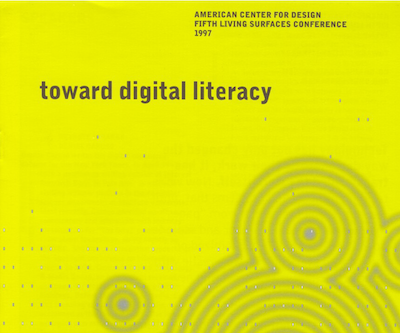Mithula Naik
From Motorcycle Helmets to Founding Digital Services in the Canadian Government
Written by Erin Malone
Mithula Naik emigrated from India to Canada for her graduate work and decided to stay and use her human centered design skills and background to improve public policy. She is now the head of Client Experience and Growth in the Canadian Digital Services, having been a founding member of the group after several years working in the Canadian Government Privy Council.[1]
Naik was always interested in making. From a young age, she was a creator and studied Industrial Design in college. She interned at leading companies in India and her capstone project for her thesis course, a motorcycle helmet designed specifically for women, begun while on an exchange program at the University of Michigan. The project was picked up by Vega, the leading helmet manufacturer in India. Naik’s research and the resulting prototypes led to the first motorcycle helmet designed exclusively for women in India.[2] She worked for the company for two years while also consulting for other industrial design firms.
I asked Naik why she moved from a successful industrial design career in India to working in Digital Services in Canada. She told me about the year before college, “I took a year off and that was definitely a privilege in India. It was very difficult, and my parents were supportive even though they were confused. I worked that year as an unpaid intern with designers. When I was in high school, the tsunami hit my city as it did many other cities in South Asia. And the devastation was real. It was close, it was in front of my house. There were huts and houses that were swimming past us and people whose lives were completely upended. And I worked with a nonprofit that was building vocational training for women - using design. That was very gratifying. I did not know what it would lead to, but I thought it was powerful. I did a bunch of other internships working in a bunch of design studios and that led me to industrial design.”[3]
She studied Product Design at the Srishti Manipal Institute of Art, Design, and Technology and began consulting while still in school. “The focus was always people, and my passion was in design. I had a very hard time in industrial design. I enjoyed design school, but I was one of two women. I also didn’t really care about the types of courses and classes the rest of the class was interested in. I didn’t want to be sitting behind my computer making 3D models all day. I really wanted to get out of the classroom and off the computer. But I was fortunate at that point to be in Bangalore when software was growing. My institution had all these interesting conversations with new companies coming into India and trying to understand what the emerging markets looked like. And there was this new type of field that I was introduced to called ethnography.”
Naik’s focus on people and her desire to understand motivations and behavior also led her to question the work she was doing and the environment she was working in, as well as seeing a need to channel those questions into something more strategic. She emigrated to Toronto to study Strategy and Innovation at the OCAD University. “I wanted an environment to channel my questions. And I was hungry to learn more about how to do this and have those conversations. I knew I was pissing people off <laugh> and I did not want to be in the back of a design studio. That took me to the Master of Design, Strategic Foresight and Innovation program. It was very interdisciplinary, there were lawyers, there were MBAs, and policy makers. And we were all using the tools of design, foresight, and strategy. I felt so good being in that program. These are my people. It was a very happy time. And I got to work in a lab with Professor Suzanne Stein on a Project for Women in Technology, the Fem-LED research project. I worked with her for a year. It was a lot of confluence of good things. And of course, at that point, the question was, what is my path?”[4] The Fem-LED project investigated the barriers for female leadership in interactive and digital media across various modes and their research uncovered the facts that female leadership had been declining in these spaces over the last thirty years.[5]
While still in school, Naik started attending Toronto Civic Tech meetups which led to conversations and meetings with people in government. A guest lecture from someone working in the Privy Council office led to an internship and then a service design position once she graduated. Naik was one of a few in a new group mandated to become a center of expertise in innovation and to work with all the groups in government, helping them design new ways of working for their constituents.
“We held a lot of events, and I ran workshops. That’s how I got to meet interdepartmental groups of people. What was gratifying were how many aha moments public servants had in getting out of Ottawa, which is the seat of our government, and getting out of their cubicles. We are going into a community center today. We are going to meet people who work with different immigrant groups and legal advisors for immigrant groups. And there were so many aha moments. For me it was so intuitive that this is how design works. It took me back to a time when I was on my year off and working with the women in the nonprofit.”[6]
Across these workshops and events, Naik met other government employees, including the founder of the Canadian Digital Services. They told her about the teams and structures in the U.S. and said they were looking to build the same kind of thing for Canada. They were looking to Naik, who was already inside the government, as an exemplar of someone who does this work, who is already in place, and who could be a model for the other people they needed to hire. “That’s how I came on as a founding member of the Canadian Digital Service. We were very much an experiment and did not have permanent funding. I was number seven or nine, and we had a champion and a minister, which often is how this works. We are now in year five and we’re not an experiment anymore because last year we were given permanent funding.”
Founded in 2017, Canada’s Digital Services was created to revitalize government services and to engage with the community. The group approaches their work from a service design perspective – interviewing, shadowing, studying pain points across delivery methods including correspondence to citizens, in office interactions and digital experiences. Their approach is collaborative rather than authoritative and they lead through service. “We’re 140 to 150 [people] now. We sit in the Chief Information Office for the government, Canada wide. And we are part of the government’s digital ambition and mandate of transformation. I lead the teams of client experience and growth, empowering government to change and better serve people.”[7]
We talked about the differences between India and Canada culturally and about how men are received differently than women in leadership, and the extra emotional labor women often have to take on to work around the negative perceptions they face. “I would often find that white men who were speaking about servant leadership were being received very differently in teams than when I was putting those values forth. And my experience was different when I was an individual contributor representing a certain discipline and voice than when I was a people leader or somebody coming in to manage projects and teams as a woman and a person of color.”[8]
Naik has moved up through the ranks of the Digital Services, keeping her design training and research skills at the forefront even as she moved into leadership. She told me that she had to think about the kind of leader she was going to be and how to stay authentic to herself and her work. “Yeah, it was hard. I think that’s the part that had to happen for me. Who am I, what kind of leader am I? Or what kind of presence do I have and what kind of style do I have? Adapting is good, but when you lose yourself, when you are so adaptable that you, I don’t know, are a chameleon in different rooms, I think that part of me was saying, no, this is me not just being the designer and researcher. This is me managing. And this is me leading people and that’s the consistency and integrity I want to be bringing. I needed to first step back and identify myself. And that took a lot of work. But the more I was aware, the more I was healing.”[9]
She offers advice for others interested in civic design. “There’s space for lots of people. If you don’t see yourself perfectly, don’t turn away. I think for me, the definition of what is civic space itself has changed and evolved as much as I’ve gotten to know a lot of people doing this work, regardless of what sector they come from. If that’s of interest and if you want to be part of it, you can be part of its shape or form. There are going to be all kinds of possibilities because we have a talent shortage. We have a massive talent shortage.”[10]
Footnotes
[1]. The Privy Council is a group that sits within the Prime Minister’s office and works across all ministries on various initiatives in the government.
[2]. Harshini Vakkalanka, “Tackling It Head On,” The Hindu, February 19, 2013, sec. Metroplus, https://www.thehindu.com/features/metroplus/tackling-it-head-on/article4431756.ece.
[3]. Mithula Naik, Interview with Mithula Naik about her journey to the Canadian Digital Services, interview by Erin Malone, October 28, 2022.
[4]. Naik interview.
[5]. Suzanne Stein, “Fem-LED,” OCAD UNIVERSITY, December 5, 2016, https://www2.ocadu.ca/research/superordinary/project/fem-led.
[6]. Naik interview.
[7]. Naik interview.
[8]. Naik interview.
[9]. Naik interview.
[10]. Naik interview.
Mithula Naik Bibliography
- Cherkewski, Lucas. “The Canadian Digital Service’s First Show and Tell.” The Cherkewski View, December 11, 2017. https://lucascherkewski.com/study/cds-show-and-tell/.
- Clubcatalyst. “Gender - the New Paradigm.” www.thehindubusinessline.com, August 7, 2014. https://www.thehindubusinessline.com/catalyst/gender-the-new-paradigm/article23031802.ece.
- Liisbeth: Field Notes from the Feminist Economy. “Mithula Naik Archives.” LiisBeth, May 13, 2016. https://liisbeth.com/tag/mithula-naik/.
- Naik, Mithula. “Going the Distance for People.” The Service Gazette, November 30, 2019. https://medium.com/the-service-gazette/going-the-distance-for-people-93806d62759a.
- ———. Interview with Mithula Naik about her journey to the Canadian Digital Services. Interview by Erin Malone, October 28, 2022.
- Stein, Suzanne . “Fem-LED.” OCAD UNIVERSITY, December 5, 2016. https://www2.ocadu.ca/research/superordinary/project/fem-led.
- Vakkalanka, Harshini. “Tackling It Head On.” The Hindu, February 19, 2013, sec. Metroplus. https://www.thehindu.com/features/metroplus/tackling-it-head-on/article4431756.ece.
- Williamson, Carla. “#UXRConf Preview: Meet Mithula Naik.” Medium, April 18, 2019. https://medium.com/@carlawilu/uxrconf-preview-meet-mithula-naik-12e7725fae49.
Selected Stories
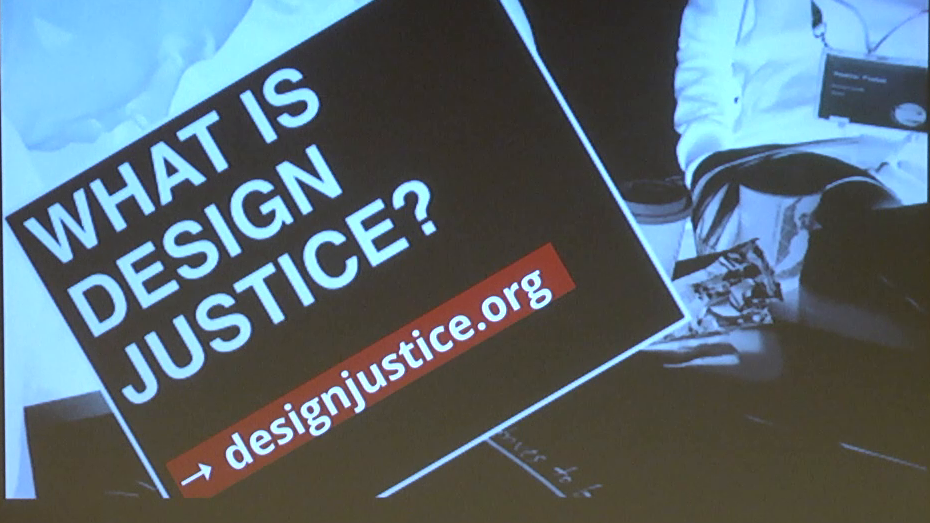
Sasha Costanza-ChockProject type
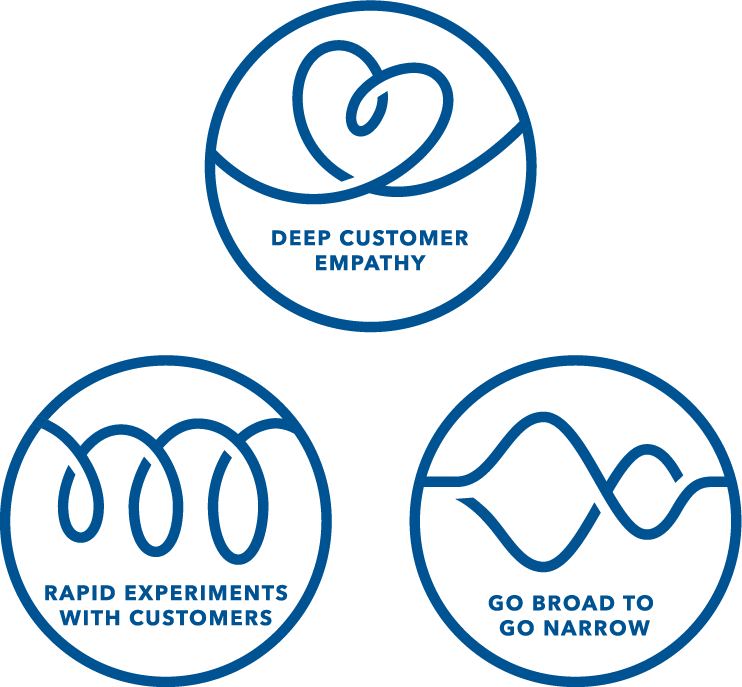
Kaaren HansonProject type
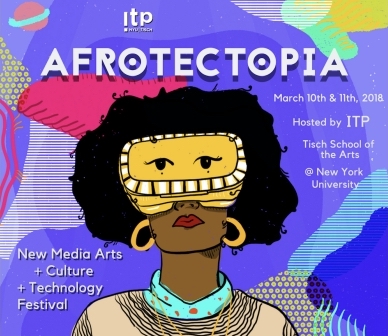
Ari MelencianoProject type

Mizuko Itoresearch
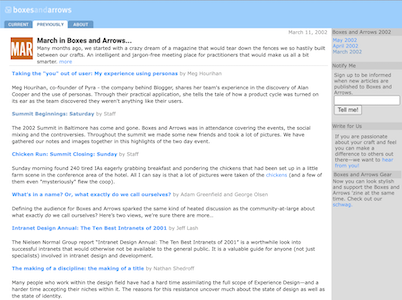
Boxes and ArrowsProject type

Mithula NaikCivic
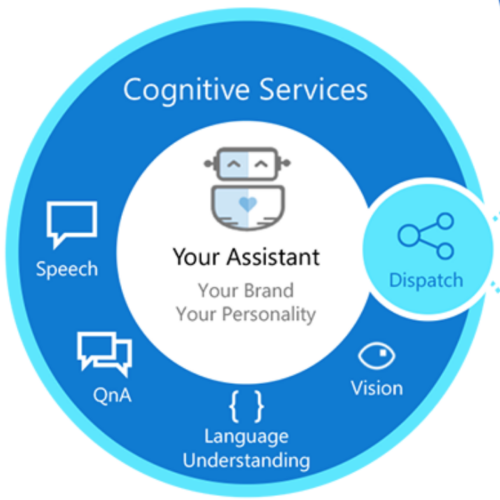
Lili ChengProject type

Ovetta SampsonProject type
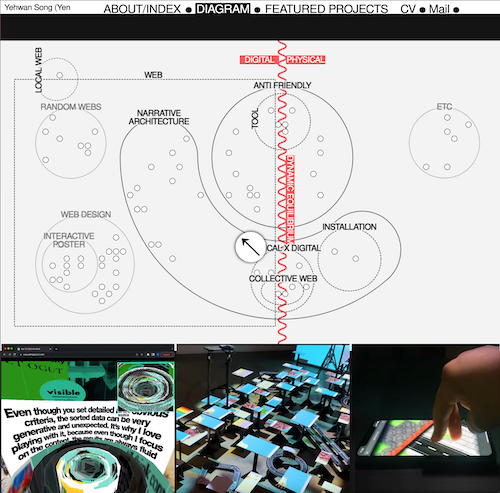
Yehwan SongProject type
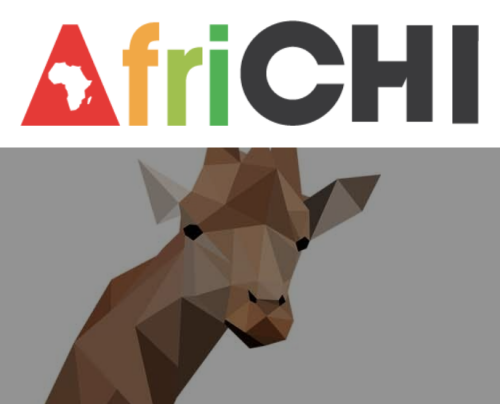
Anicia PetersProject type

Simona MaschiProject type
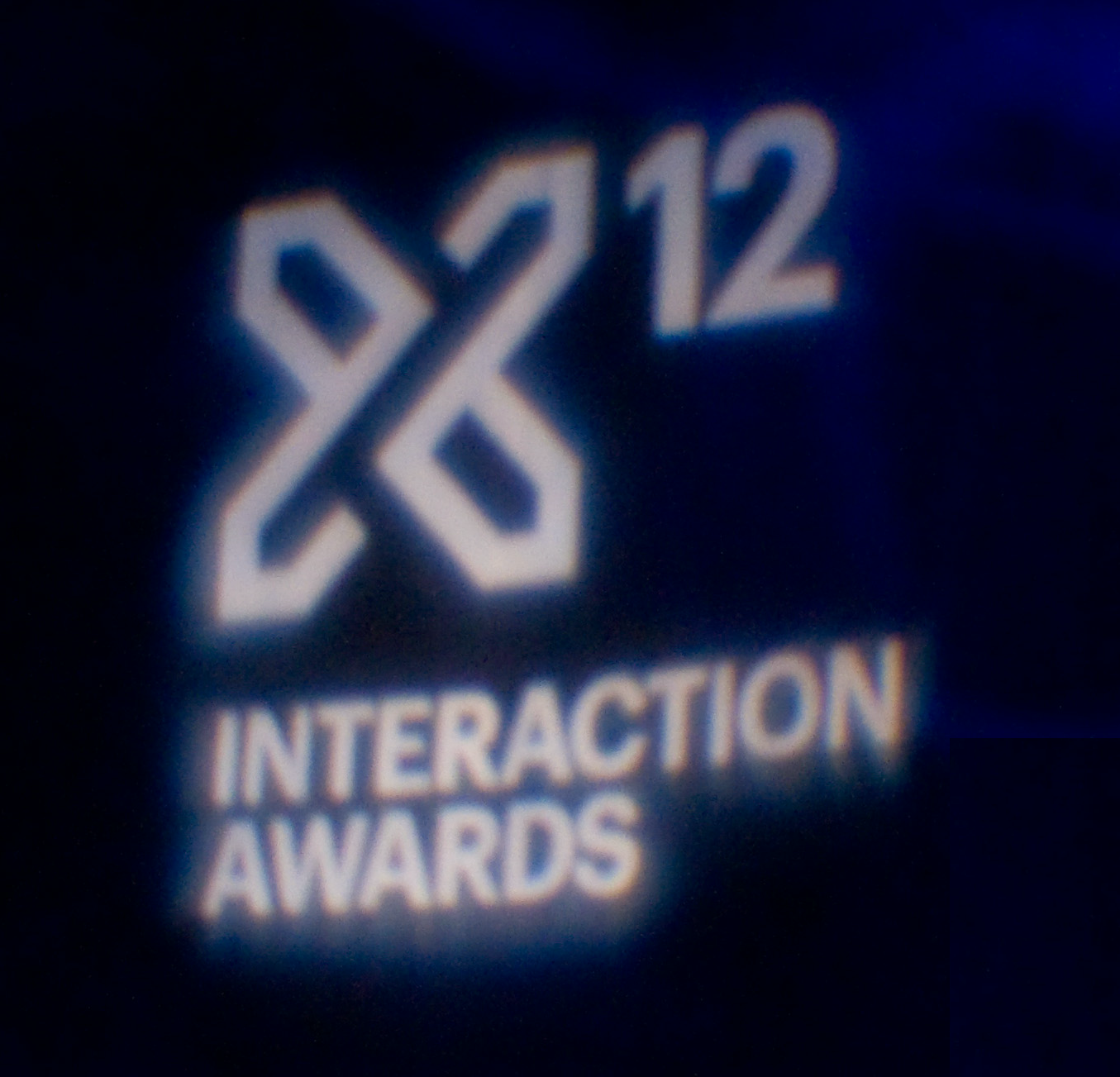
Jennifer BoveProject type
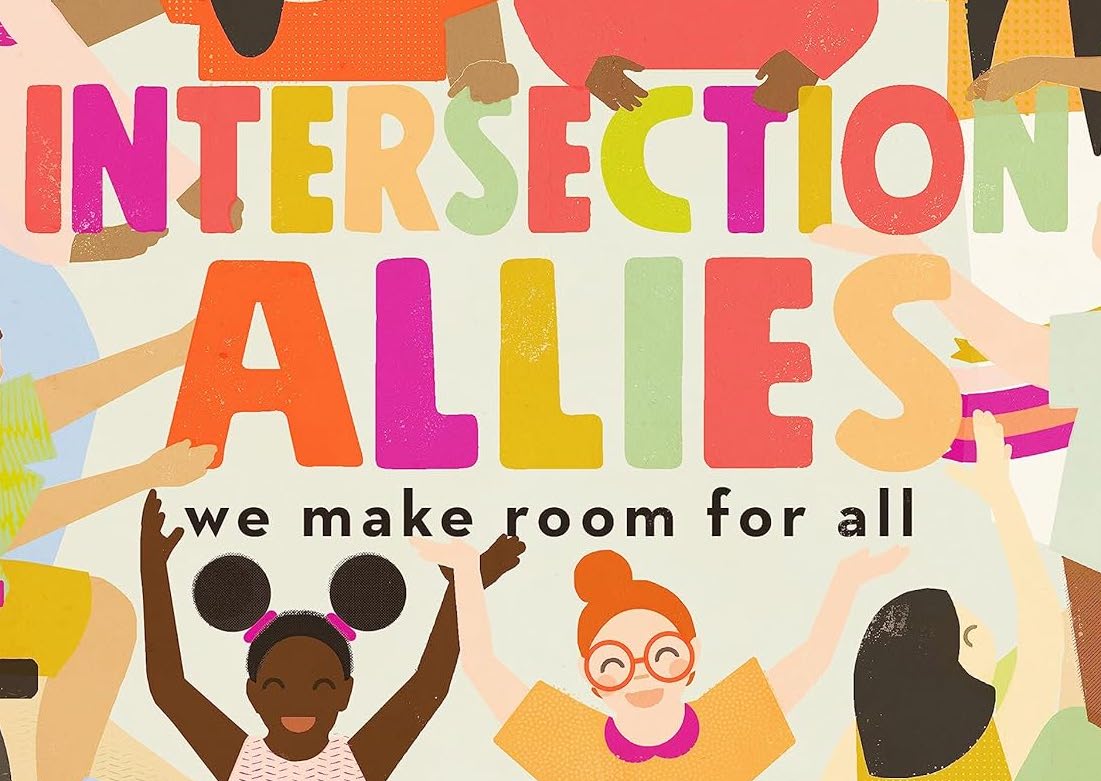
Chelsea JohnsonProject type
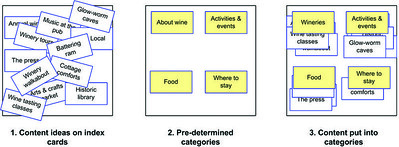
Donna SpencerProject type

Lisa WelchmanProject type
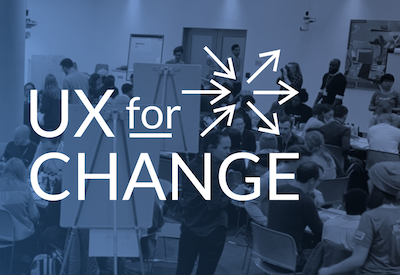
Sandra GonzālesProject type

Amelie LamontProject type

Mitzi OkouProject type

The Failings of the AIGAProject type
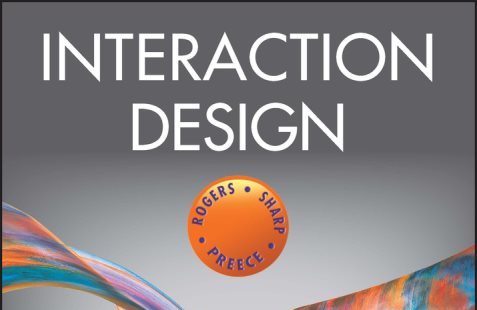
Jenny Preece, Yvonne Rogers, & Helen SharpProject type

Colleen BushellProject type

Aliza Sherman & WebgrrrlsProject type
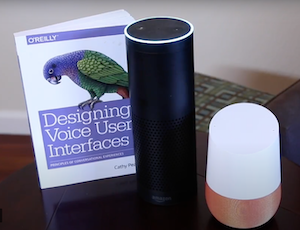
Cathy PearlProject type

Karen HoltzblattProject type

Sabrina DorsainvilProject type
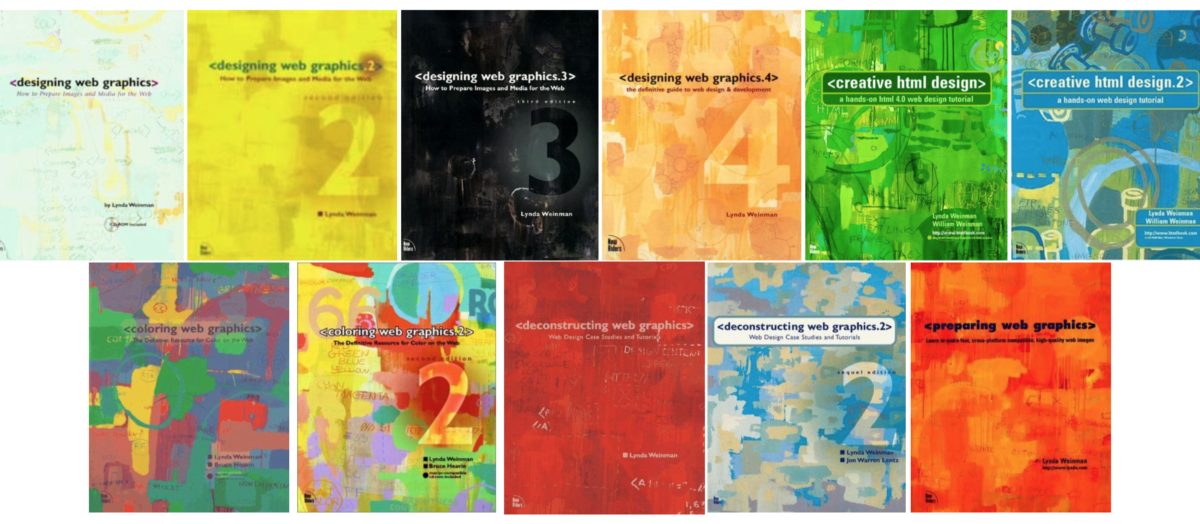
Lynda WeinmanProject type

Irina BlokProject type
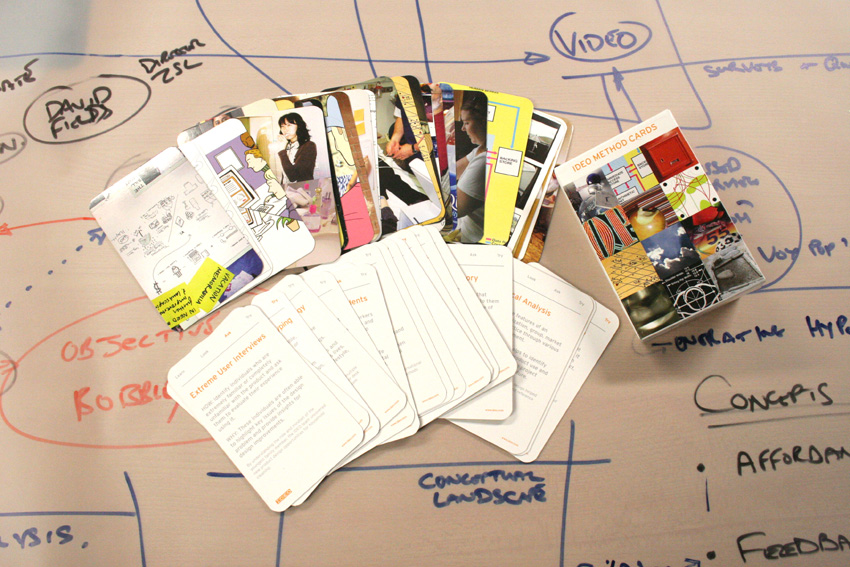
Jane Fulton SuriProject type

Carolina Cruz-NeiraProject type
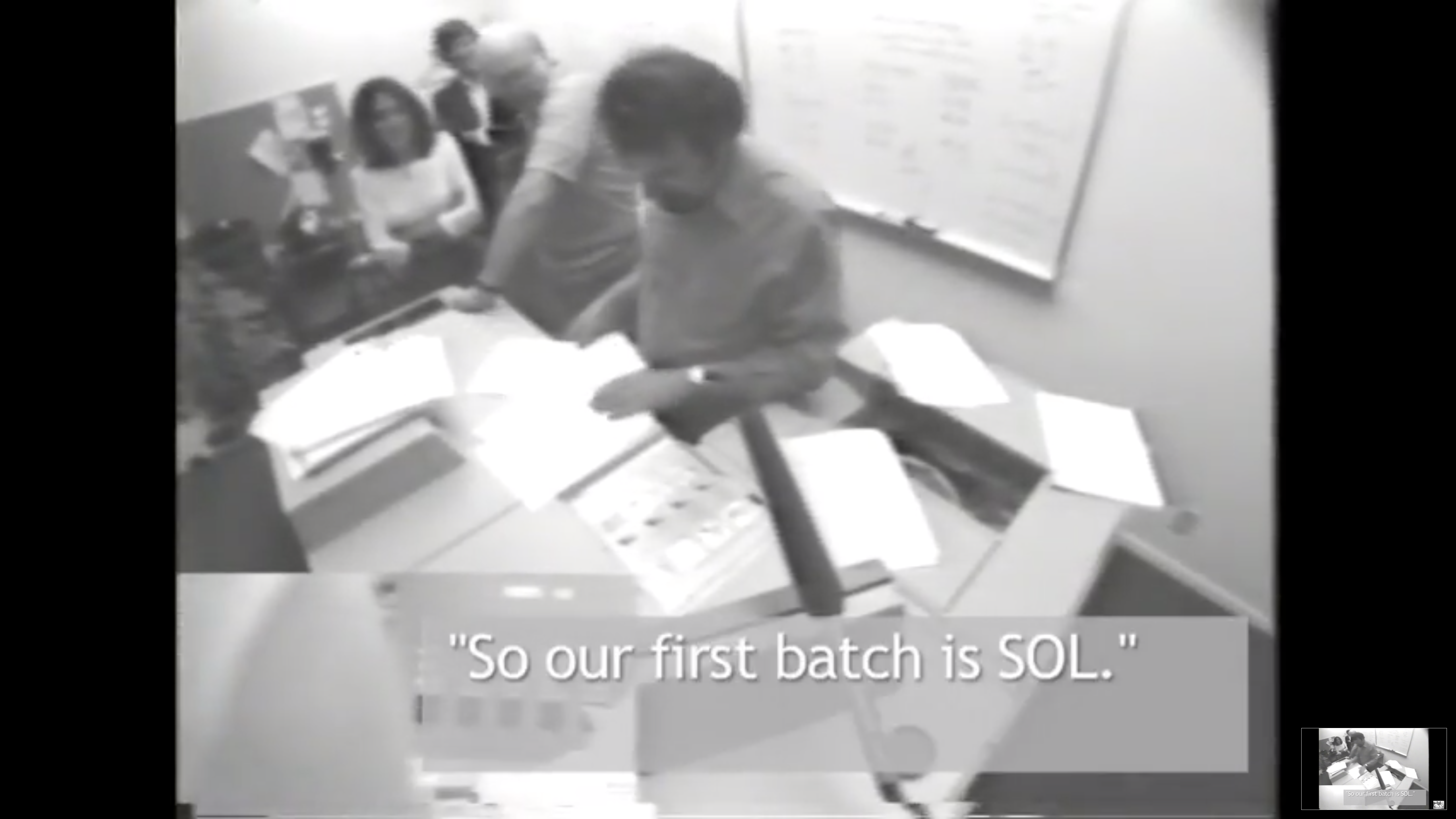
Lucy SuchmanProject type
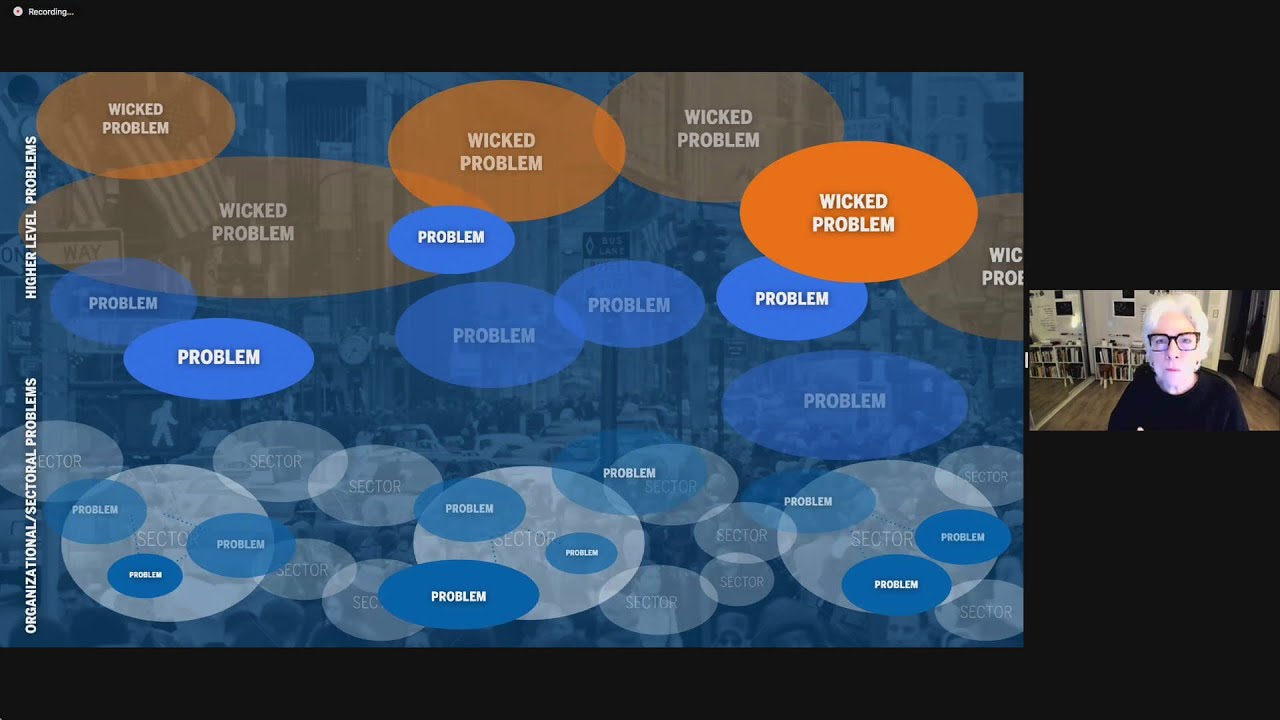
Terry IrwinProject type
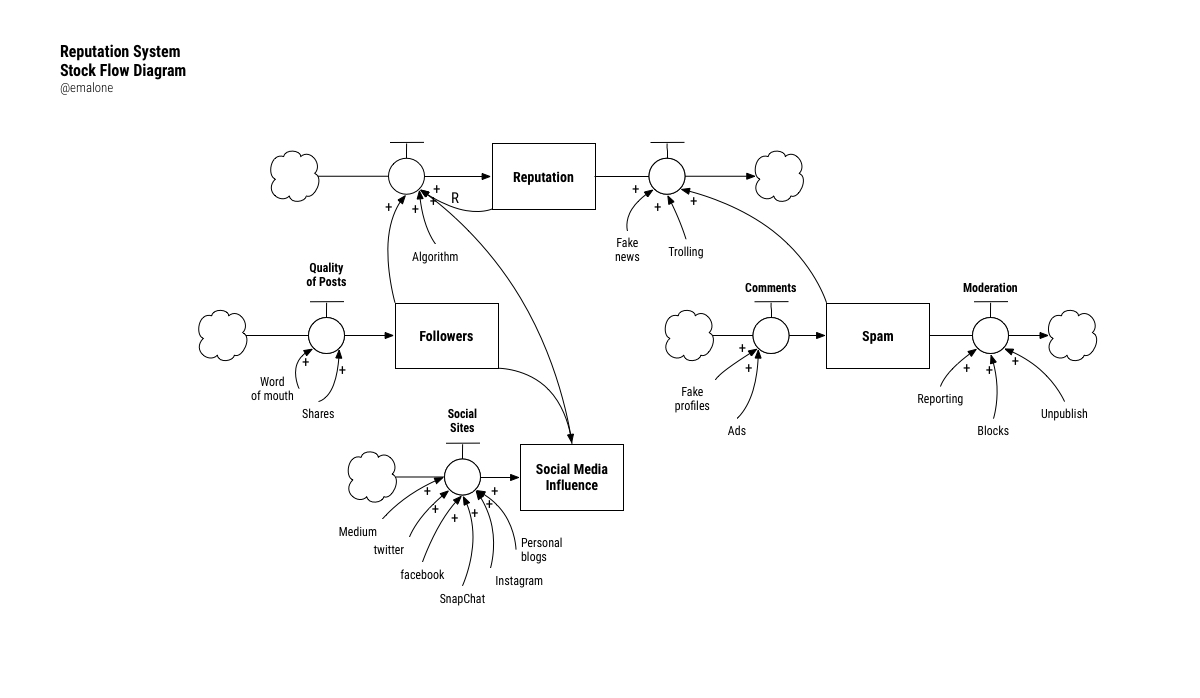
Donella MeadowsProject type

Maureen StoneProject type

Ray EamesProject type
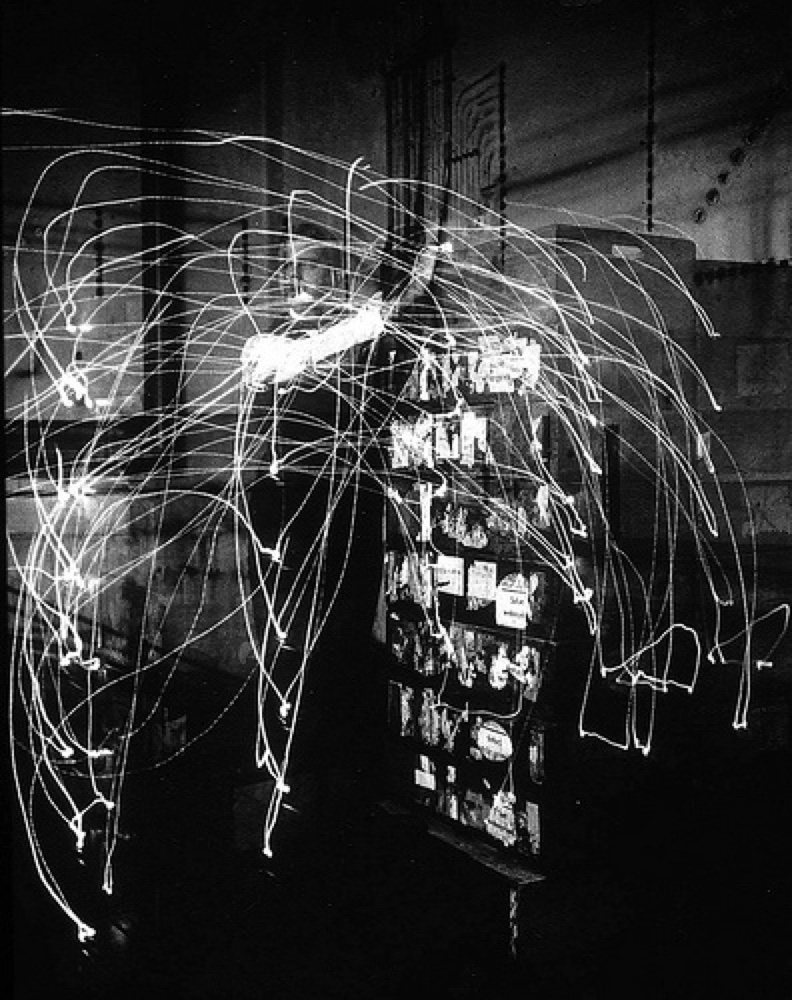
Lillian GilbrethProject type

Mabel AddisProject type

Ángela Ruiz RoblesDesigner

